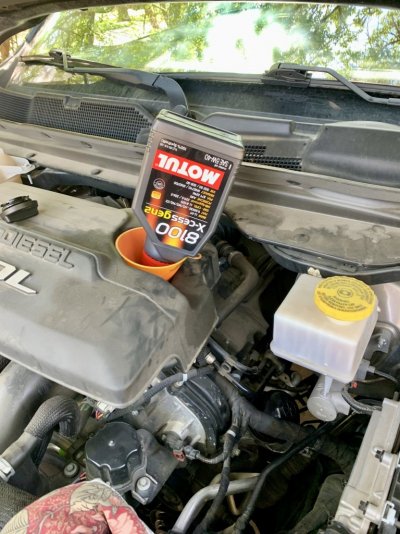According to Motul oil web site below, that 5w40 oil only has an API rating of SN.
Taken out of context, so what? SP oil was/is designed to eliminate LSPI (Low Speed Pre Ignition) on gasoline ICE's (Internal Combustion Engines) which reach over 15:1 Air/ Fuel ratios.
The "sudden" reintroduction of CVT Transmissions wasn't any fluke. These transmissions played a major role of mitigating LSPI.
To clarify, the term "LSPI doesn't refer to low vehicle or even low engine speed alone. It refers to the low speed of the piston as it reaches TDC during the compression stroke. When the piston naturally slows at that point, combined with slowing of the engine RPM during upshift of a conventional automatic transmission, and the engine is under tremendous load, the weakness of the new efficiency mandates rear their ugly heads.
"SP" oils incorporate a nitrogen based anti-carbon additive which works much better than calcium based additives of yesterday.
This additive could not mitigate LSPI on it's own on ULEV vehicles which routinely see 15.3 to one Air/fuel ratios. Thus the elimination of the conventional transmissions' effect of exacerbating the slowing down of the piston as it reaches TDC.
In a nutshell, "SN" oil is still fine in MOST current cars, but why not just use "SP" oils across the board?


